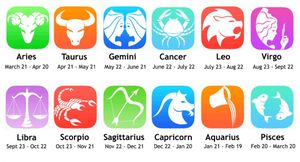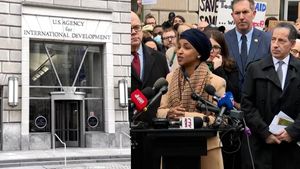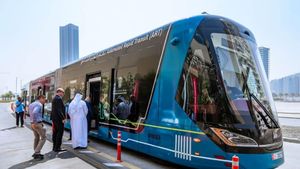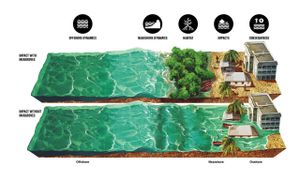Kumbh Mela, often referred to as the world’s largest human gathering, is currently taking place in northern India, drawing millions of pilgrims and onlookers eager to participate in this ancient tradition. A key highlight of the festival involves the sadhus, holy men revered for their deep spirituality, who are seen bathing reverently in the sacred waters of the Ganges. This year, the event is punctuated by the presence of Indian Prime Minister Narendra Modi, scheduled to make his visit on February 5.
According to reports, PM Modi is set to reach Prayagraj at 10 am. His arrival has stirred excitement among devotees, expected to participate actively during his brief visit. A senior IPS officer confirmed details surrounding his schedule, clarifying, “PM Modi will arrive in Prayagraj on February 5 and take the holy dip in Ganga in Mahakumbh Nagar.” The luscious rituals, which symbolize the purification of the soul, hold immense religious significance for those gathered.
Upon reaching Prayagraj, the Prime Minister will first land at the DPS helipad. Then, he will proceed to the VIP Jetty via the Nishadraj Cruise, highlighting both the grandeur and symbolism of his pilgrimage. During his time at the Mela, PM Modi is expected to partake in sacred rituals and prayer offerings at the Ganges, reinforcing the cultural and religious fabric of the celebration.
Interestingly, PM Modi’s agenda does not include addressing any formal meetings or ceremonies related to the Mela. Instead, he will focus solely on the sacred bath and rituals, reflecting the traditional demeanor of the gathering. A top bureaucrat involved with the arrangements stated, "The PM will take the holy dip in the Ganga, perform rituals and offer prayers," indicating the ceremonial nature of his engagement with the Mela participants.
Such appearances by high-profile leaders at the Kumbh Mela are common, as the event garners global attention. Chief Minister Yogi Adityanath is expected to welcome the Prime Minister personally, underlining the unity among state officials during this momentous occasion. Though the ceremonial plans have altered slightly, with reports noting no visit to key sites such as Akshayvat, Saraswati Koop, and Bade Hanuman Mandir initially anticipated, the essence of the visit remains focused on devotion.
The Kumbh Mela occurs at four different locations across India every three years, with Prayagraj being one of the most significant for its historical and mythological importance. This year’s gathering is particularly special, as it brings together diverse groups from across the country, all sharing one common goal: to attain salvation through the sacred waters.
According to various reports, the Prime Minister last visited Prayagraj on December 13, where he inaugurated several development projects worth approximately ₹5,500 crore. His recurring engagement with the city highlights the urgent need to marry infrastructural progress with cultural reverence, something many observers are eager to debate.
Reflecting on the significance of such visits, one can recognize how leaders utilize these occasions to connect directly with the populace, reaffirming their commitment to national and cultural priorities. This blend of politics and spirituality allows for rich narratives to emerge, where leaders become symbols of religious devotion and cultural stewardship.
With millions of devotees expected to attend the Kumbh Mela, the spotlight will be firmly fixed on both the event and PM Modi’s reported pilgrimage. The Kumbh Mela has historically stood as more than just religious gathering; it is also seen as a vibrant confluence of society’s diverse fabric. From common folk to influential leaders, the gathering draws everyone to revel in shared beliefs and sacred traditions.
Undoubtedly, Modi’s planned activities at the Mela will be watched closely, as they reflect broader themes of religious engagement by political leaders. Will his participation wield more influence on the masses and deepen political ties with communal identities during this historic event? All will be revealed on February 5, when thousands join together to witness his ceremonial bath at the holy Ganges.
The Kumbh Mela continues to evolve, retaining its significance amid rapid globalization and modernity. The traditional acts of bathing, praying, and community gathering signal practices deeply rooted within the human experience, and they reaffirm faith amid changing times. PM Modi’s participation is just one of many examples showing how the ancient and contemporary weave together to form the vibrant narrative of India’s cultural identity.



